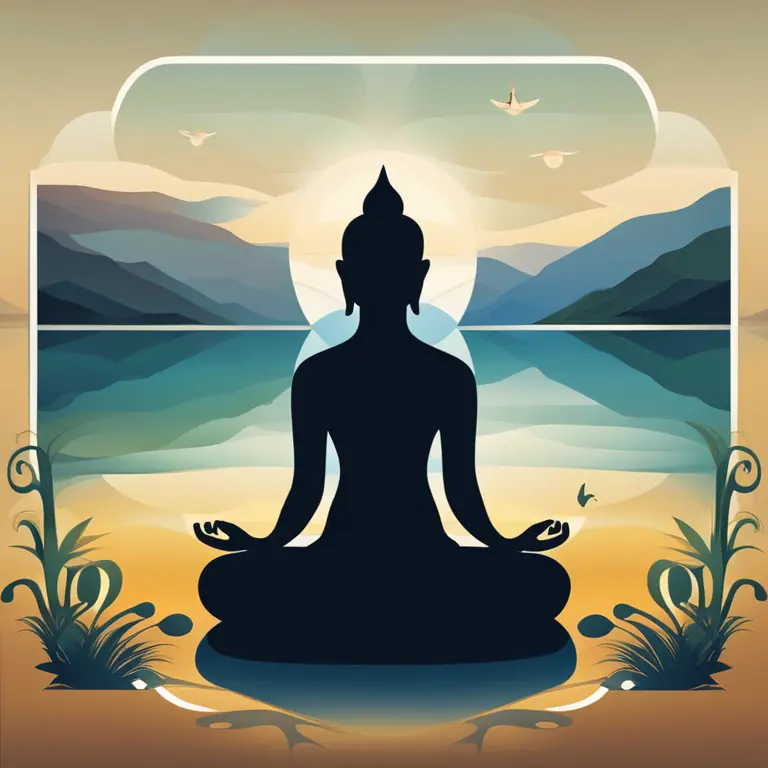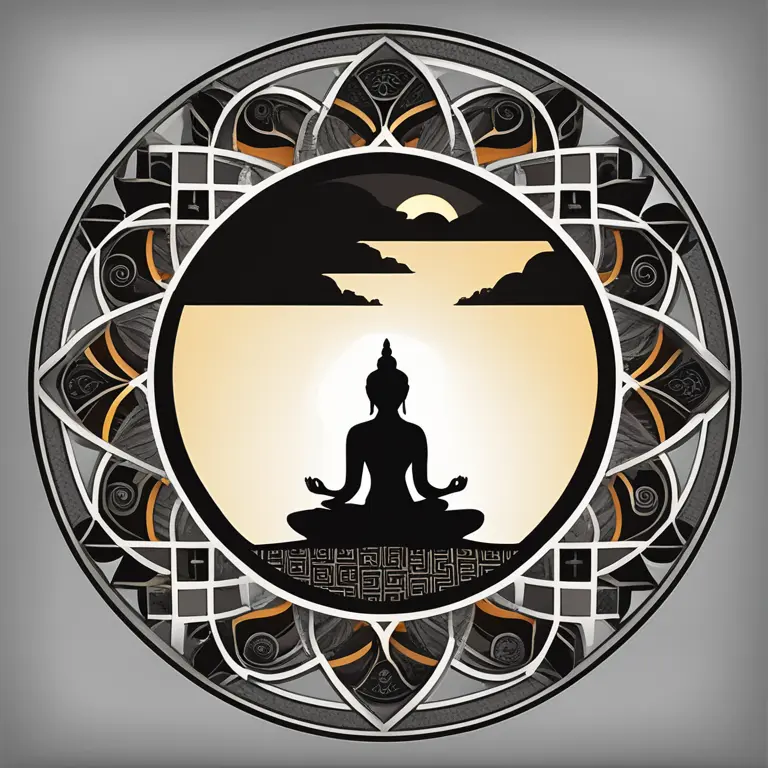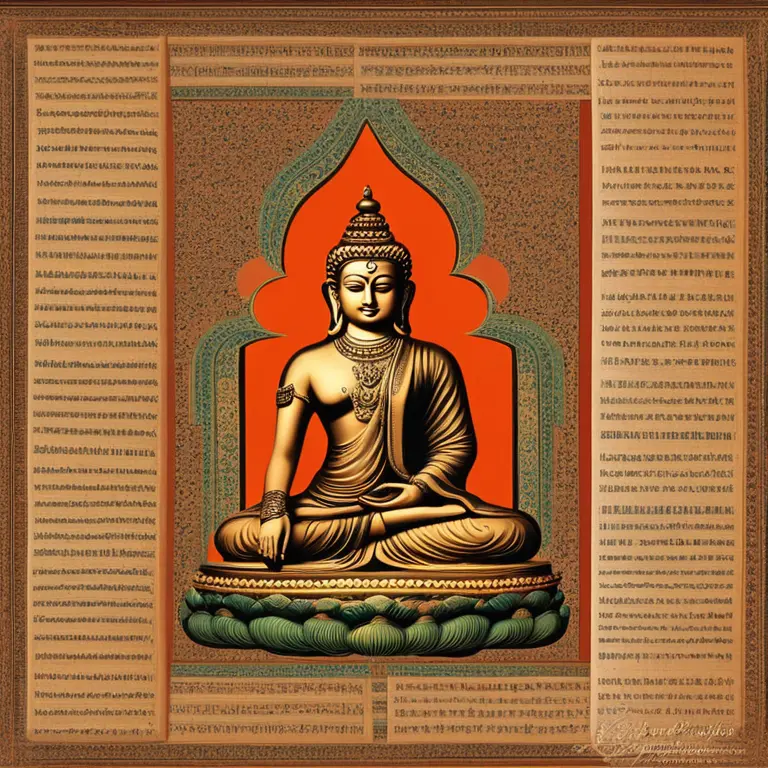
The Dawn of Meditation Practices
Trace the roots of meditation through history and discover the beginnings of this ancient practice that has shaped modern mindfulness and spiritual pursuits.
article by Hina Kurosawa
The Origins of Meditation
While pinpointing the exact moment meditation began is challenging due to its vast antiquity, historical documents suggest that the practice dates back thousands of years. Earliest records emerge from the Indian subcontinent within the Vedas, ancient sacred texts of Hinduism, and suggest meditation was practiced as early as 1500 BCE. Archaeological findings, including artifacts and wall art, hint that even earlier forms of meditative-like practice existed among prehistoric peoples, often linked to shamanistic rituals and rites.

Early Written Records
The Upanishads, a later development in Indian spiritual writing around the 7th century BCE, delve deeper into meditative techniques that touch on the spiritual dimensions of self-realization and cosmic connection. These writings lay the groundwork for various forms of Yoga, which incorporate meditation as a key element. Buddhism, founded by Siddhartha Gautama (the Buddha) in the 6th century BCE, also centralizes meditation, specifically in its quest for enlightenment and the navigation of the mind's complexities.

Meditation Spreads Across Cultures
Meditation was not confined to the Indian subcontinent. By the 6th century BCE, Taoists in China and Buddhists had begun to develop their own meditative practices. Centuries later, these practices would evolve and spread alongside Buddhism throughout Asia. In parallel, meditative techniques can be traced back to early Jewish, Christian, and Islamic mystics who sought divine connections through contemplation and prayer, showing that the desire for inner peace and spiritual inquiry is a universal human experience.

Modern Evolution and Scientific Interest
By the 20th century, meditation began to separate from its solely religious connotations, morphing into a more secular and widely accessible practice. The scientific community's growing interest in the benefits of meditation has given the practice a new dimension. Numerous studies point to positive impacts on mental health, stress reduction, and even physiological changes in the brain. As of 2024, meditation's popularity continues to soar as people from all walks of life seek its myriad benefits.
The Integration into Western Societies
During the mid-1900s, influential figures like Maharishi Mahesh Yogi and Chögyam Trungpa introduced and adapted meditation techniques for Western audiences, which contributed to the counterculture movement and spread into mainstream society. This paved the way for a versatile integration of meditative practices into health and wellness programs, corporate stress reduction workshops, and forms part of the educational curriculum in various institutions around the world.
Meditation in the Digital Age
The advent of the digital era has revolutionized meditation through apps, online courses, and virtual reality experiences. These modern tools make meditation highly accessible and customizable, catering to a global audience in 2024 and beyond. The digital landscape also allows for a reinterpretation of traditional methods, blending ancient wisdom with cutting-edge technology, to support a holistic approach to well-being in our fast-paced modern life.
Published: 1/14/2024
Modified: 1/15/2024
More predictions
Come back here soon to learn more about yourself and your future


Mindfulness Meditation: A Handbook for High Schoolers
Discover how mindfulness meditation can benefit high school students, enhancing focus, reducing stress, and promoting overall well-being.


Easing Loneliness with Meditation
Discover how mindfulness meditation can provide solace and connection to mitigate feelings of loneliness, enhancing emotional and mental well-being.


Mindfulness Meditation Basics for First Graders
Introducing foundational mindfulness meditation practices to instill calm and focus in first-grade students.